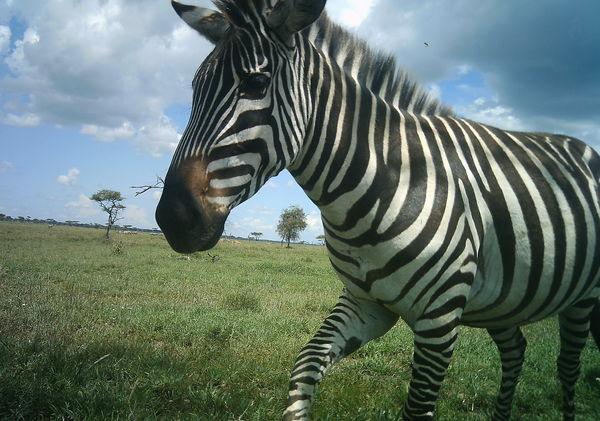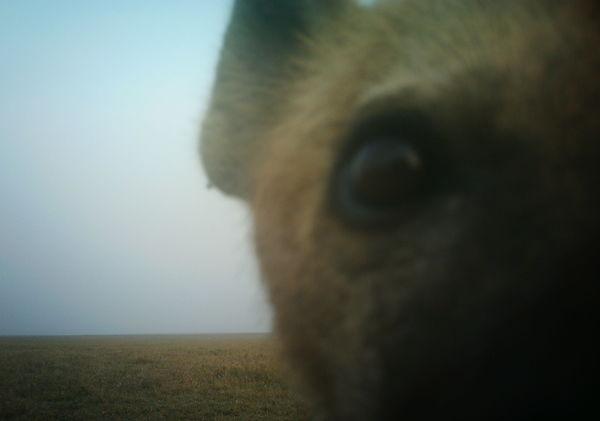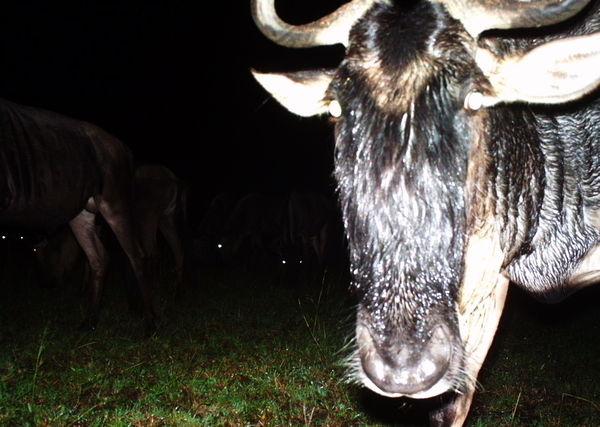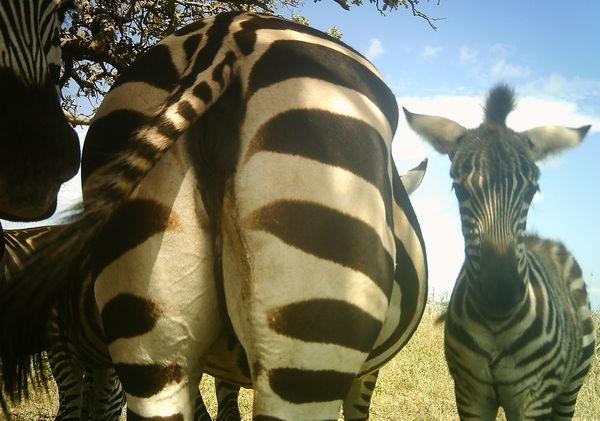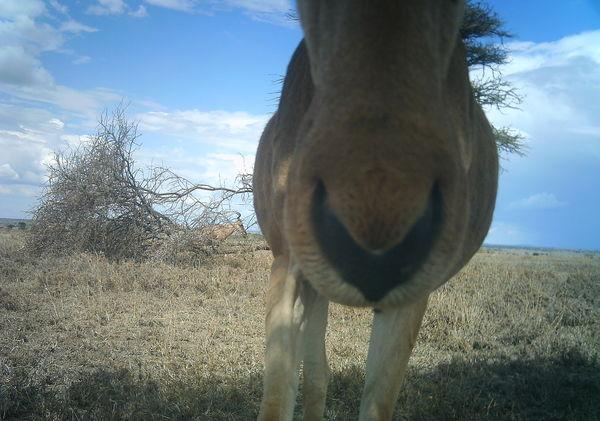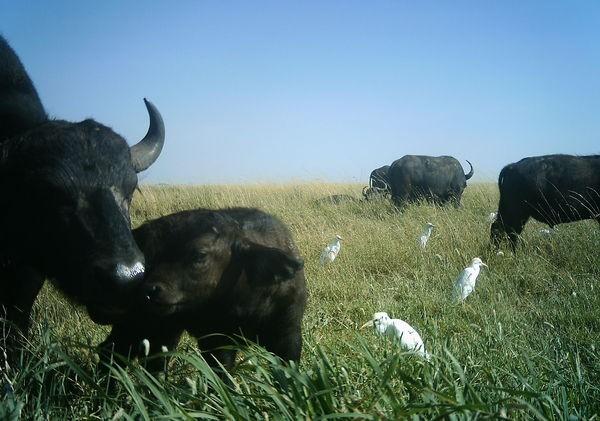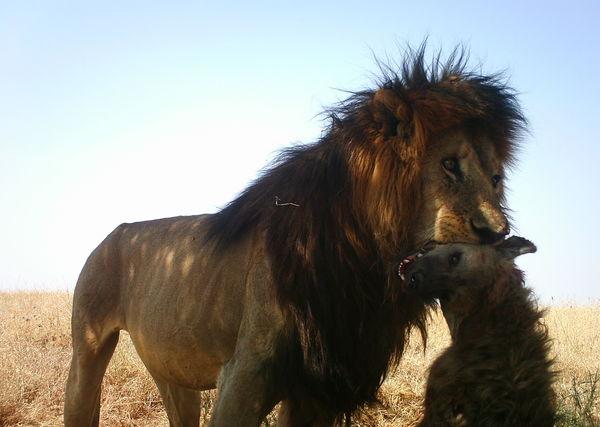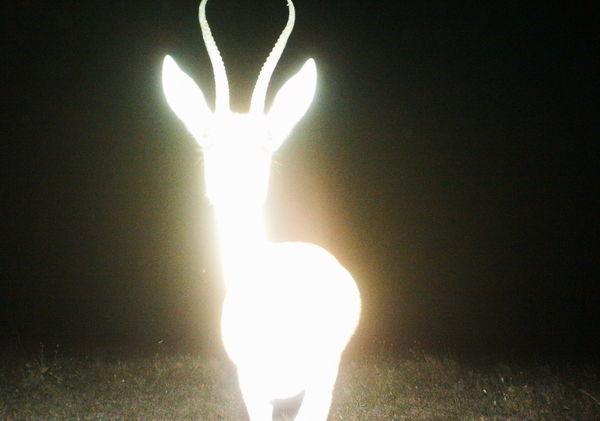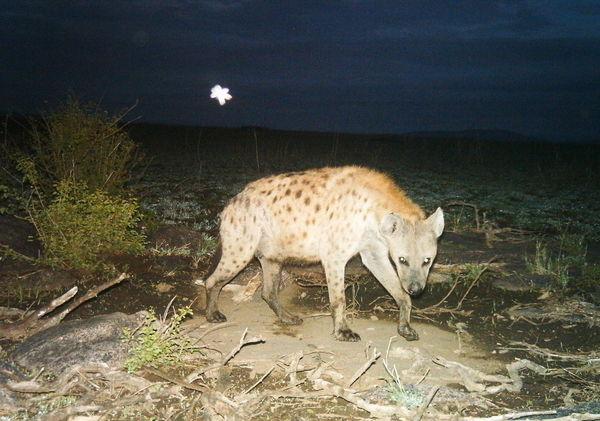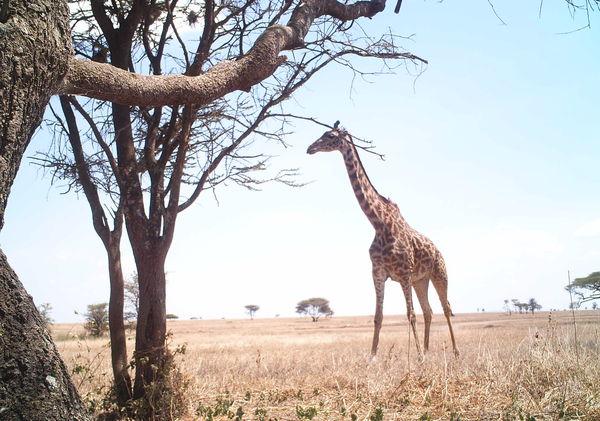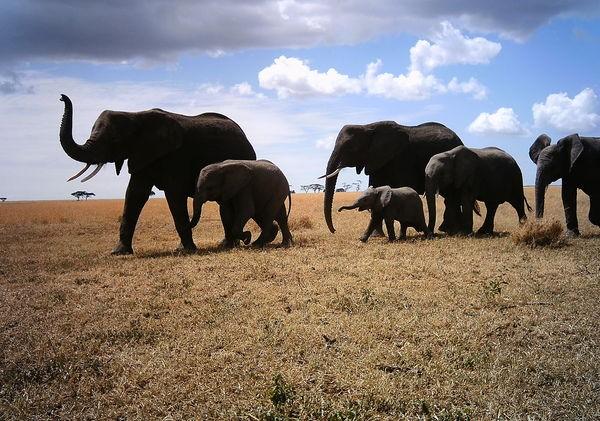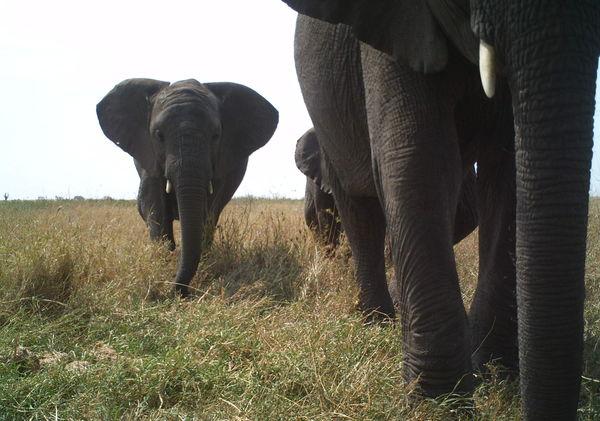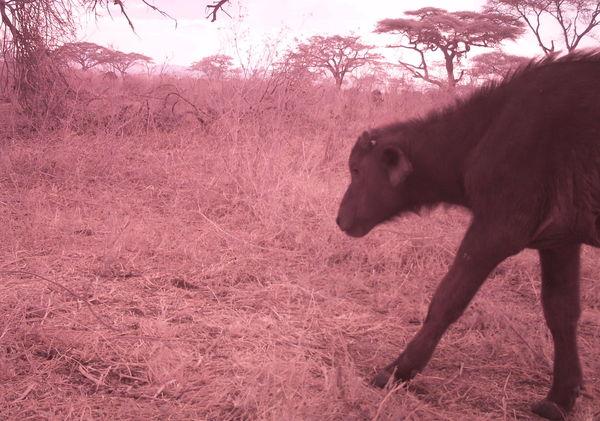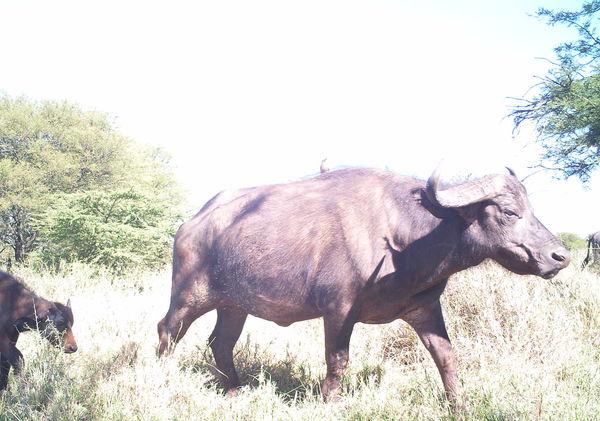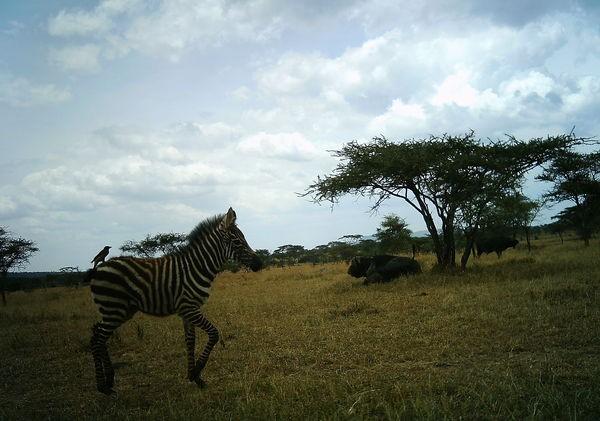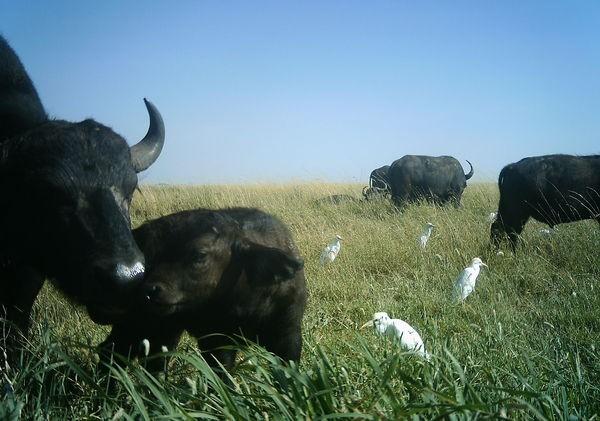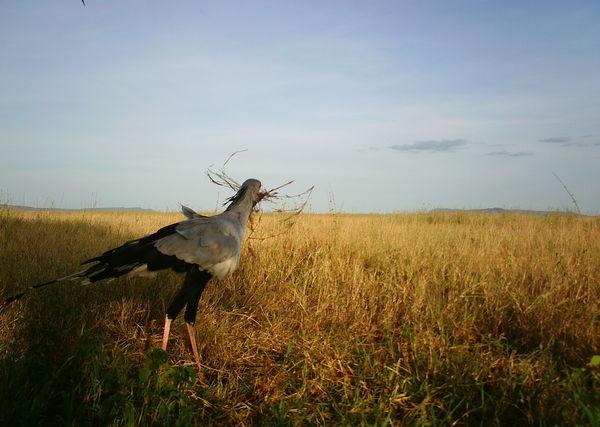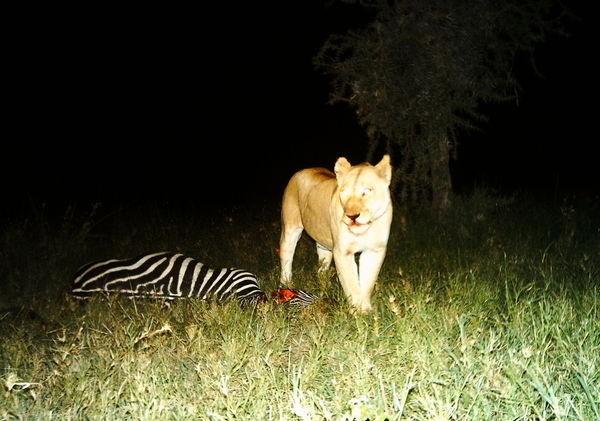Snapshot Serengeti Snaps Millions Of Wild Photos Without Photographers
Project Snapshot Serengeti captures 1.2 million sets of photos, all automated, all capturing wild animals in their natural habitats. That's SETS of photos, not just individual photos – there are millions in the full collection. Over a period of about 3 years, from 2010 to 2013, this camera project lived inside the Serengeti National Park, Tanzania. Whether or not you've been privileged to see the website, SnapshotSerengeti.org has had citizen-scientists classifying images in this project for several years. Now here in June of 2015, the full collection has been published for the public.
Above you'll see two images. On the left you'll see one of a wide variety of camera traps set up by the team. Camera traps were attached (in a friendly, non-destructive manner) to trees where available, while steel poles were used where no trees were within 1,000m of the grid-cell center set up by the research group.
On the right you'll see a gazelle, captured by one of these cameras.
One aim of this project was to watch the activities of lions in the wild. This project was and is part of the University of Minnesota Lion Project, part of the Lion Research Center at the University of Minnesota.
Below you'll see a tiny bunch of lions lounging. A shot like this would never have been possible in such close proximity without a remote – or the automated system they have set up here in project Snapshot Serengeti.
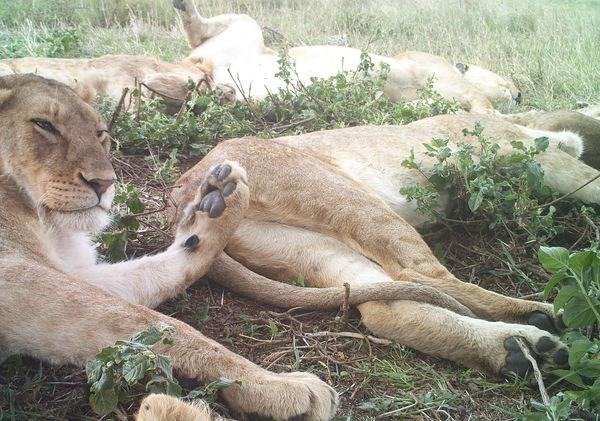
Also captured over the initial 2+ year survey were hippos, buffalos, elephants, giraffes, impalas, and a whole lot more. To classify the 1.2 million SETS of photos captured, the research team turned to the internet.
At SnapShotSerengeti.org, over 28,000 volunteers took time out of their day to assist in identifying thousands of animals.
Each individual photo was reviewed by around 15 people, and the animal they most agreed upon them being was given the go-ahead. This syphoned down the work for the research team significantly.
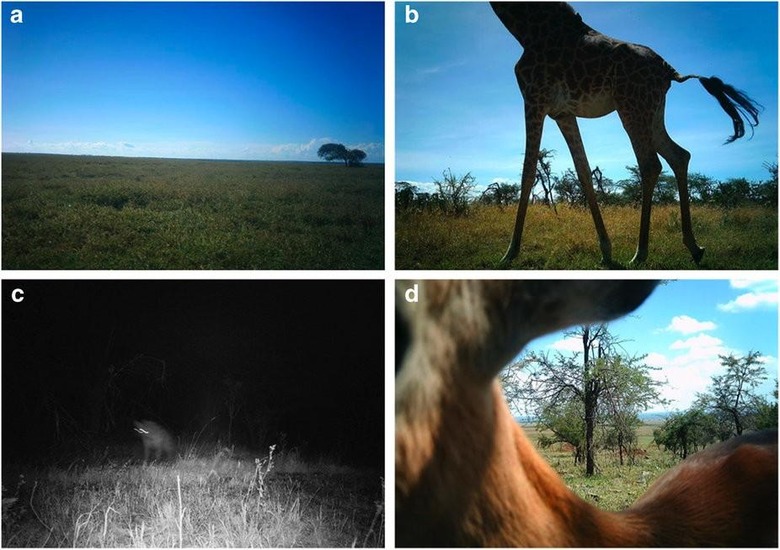
ABOVE: Sample images from image sets retired from Snapshot Serengeti as (a) blank: receiving five consecutive 'nothing here' classifications, (b-c) consensus: receiving 10 matching species classifications, and (d) complete: receiving 25 classifications regardless of agreement. Note that the plurality algorithm correctly arrived at 'giraffe,' 'spotted hyena,' and 'impala' for images b-d, respectively.
Approximately 4,000 photos identified in this way were given to experienced biologists, who went on to confirm or deny the answers given by the public. According to these biologists, the public were right 96% of the time.
While the project has been quite successful, the replacement of cameras remains one of the few problems. Roughly one out of every four camera boxes needs replacement every year.
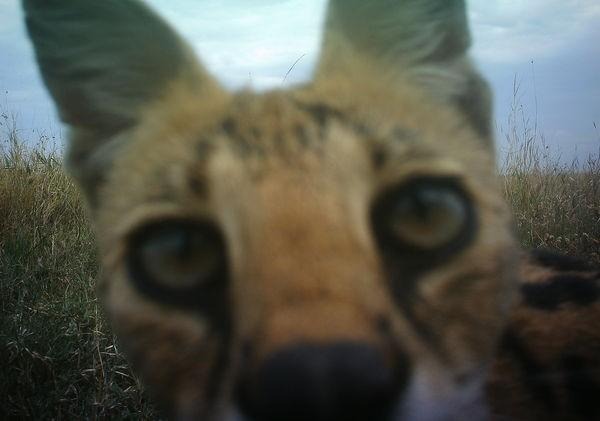
Speaking with The Silver Ink, lead author of this paper and postdoctoral fellow at Oxford Dr Swanson said, "The herbivores will rub up against them, but the hyenas will just chew through them."
"Then the elephants rip the cameras off their mounts and throw them across the ground."
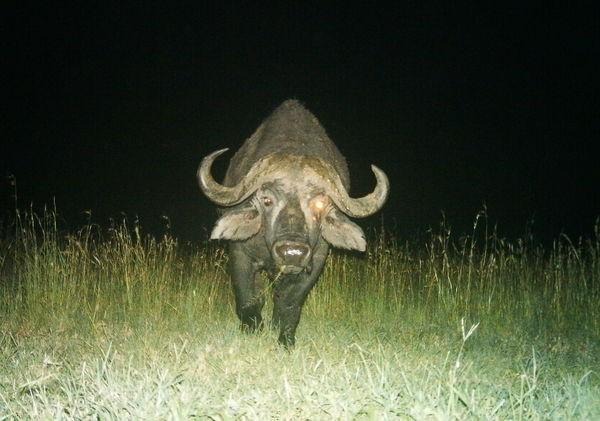
"Sometimes," said Dr Swanson, "I'd get to a camera position and find bits of plastic strewn all around."
For those of you aiming to look at the full collection, head to the Snapshot Serengeti website and start classifying – or just go to the discussion boards through the "Discuss" link to see all photos in a wide and wild gallery.
You can read more about the project in the paper called "Snapshot Serengeti, high-frequency annotated camera trap images of 40 mammalian species in an African savanna" as authored by Alexandra Swanson, Margaret Kosmala, Chris Lintott, Robert Simpson, Arfon Smith, and Craig Packer. This paper is published by the scientific journal Nature under code doi:10.1038/sdata.2015.26.

